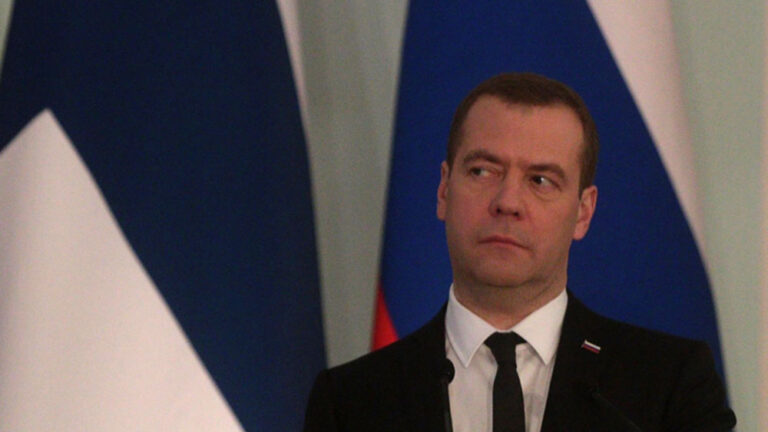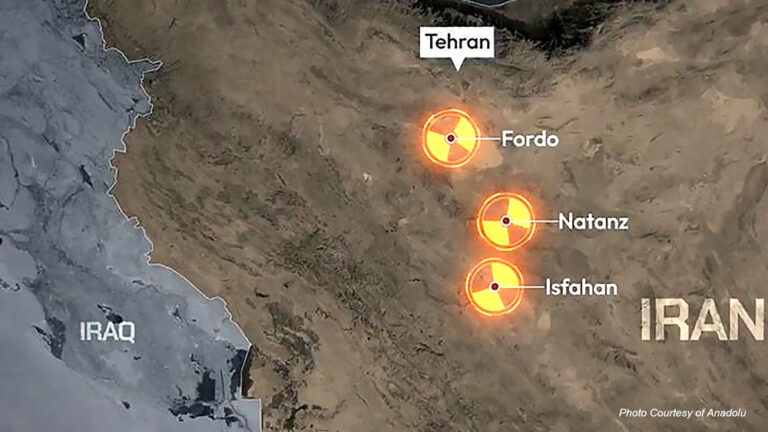CAN so-called conservation hunting actually benefit wildlife? Or is the killing of endangered animals for sport unconscionable, no matter what?
The debate is emotional on both sides. And it has grown louder since Corey Knowlton, a Texas hunter,went to Namibia this year to kill a black rhino.
He had won the right to do so by bidding $350,000 — money that will go toward conservation. The permit was issued by Namibia’s Ministry of Environment and Tourism. And he was only allowed to kill an animal identified by Namibian authorities as one that needed to go: an aging bull who was beyond his reproductive years and who posed a threat to younger rhinos.
Unyielding views
People on each side of the debate hold uncompromising positions. Knowlton said he was motivated by a desire to save the species.
“Maybe 100 years from now — maybe it’s delusions of grandeur — but I hope people will look at it and say this was the turning point that got people to understand what it means to be a conservationist,” he told CNN.
But Jeffrey Flocken, the North America regional director of theInternational Fund for Animal Welfare, was just as categorical.
“Killing endangered wildlife to save it is just wrong,” Flocken wrote in an opinion piece for CNN.
Emotional element
It is hard to escape the conclusion that at least some people on each side of the issue have formed an emotional conclusion first, then looked for reasons to support it.
If someone with money to spare wants to donate several hundred thousand dollars to wildlife conservation in Namibia, for example, he or she doesn’t need to shoulder a rifle to do so. It is possible to transfer the money electronically, without trekking through thorns and tracking the animal from its watering hole.
It seems likely that, somewhere in there, the thrill of the hunt still plays a role.
That thought has been reinforced this week with allegations that an American dentist, Walter Palmer of Minnesota, paid between $50,000 and $55,000 to hunt and kill a much-loved lion in Zimbabwe in July.
Cecil the lion was shot first with a crossbow, finished off 40 hours later with a gun, then skinned and beheaded, according to Zimbabwean officials.
Those officials said the kill was illegal. Palmer has said he relied on his local guides to make sure that hunting laws were followed.
But the idea that trophy hunting has shown no benefit whatever does not seem to be backed by research.
An article published in the University of Washington magazineConservation — quoting a 2005 paper from the Journal of International Wildlife — reported that legalizing hunting of the white rhino in South Africa had motivated private landowners to reintroduce the species onto their lands.
“As a result, the country saw an increase in white rhinos from fewer than 100 individuals to more than 11,000, even while a limited number were killed as trophies,” the article said.
And the Conservation article went on to evaluate Namibia’s practice of auctioning permits to kill older, nonbreeding males.
“Namibia’s own hunting policy, it turns out, is remarkably consistent with scientific recommendations,” the article said.
Poachers are the real threat
The real threat to endangered species such as the black rhino, whose horn is prized for its purported medicinal properties, is poachers, most people agree. If the fight against poachers can be made more robust, and if the animals’ habitat can be expanded, the argument goes, the herd as a whole will benefit.
In light of such findings, one could conclude that at least some opponents of conservation hunting have first and foremost a revulsion to the killing of animals for sport and therefore decline to acknowledge it can ever have any benefits.
Culling herds, including through hunting, has long been an accepted conservation practice. A prime example: deer hunting in North America.
A 2013 article on Cool Green Science — the science blog of the Nature Conservancy — argued that the population of white-tailed deer was too big and was damaging the region’s forests and reducing the habitat for wildlife.
“In our opinion, no other threat to forested habitats is greater at this point in time — not lack of fire, not habitat conversion, not climate change,” the authors wrote.
Intangible aspects
Then there are the intangible aspects of different policies. What, for example, is the effect of conservation hunting on public perception?
Such a question is harder to answer.
“Could the possible negative consequences from a PR perspective outweigh the possible benefits from hunting?” the article in Conservation asked. “Can the message that an auction for the hunting of an endangered species like the black rhino brings possibly be reconciled with the competing message that the species requires saving?
“This question is probably not one that science can address.” ( Don Melvin )
Link: http://edition.cnn.com/2015/05/20/us/conservation-hunting-right-or-wrong/index.html



